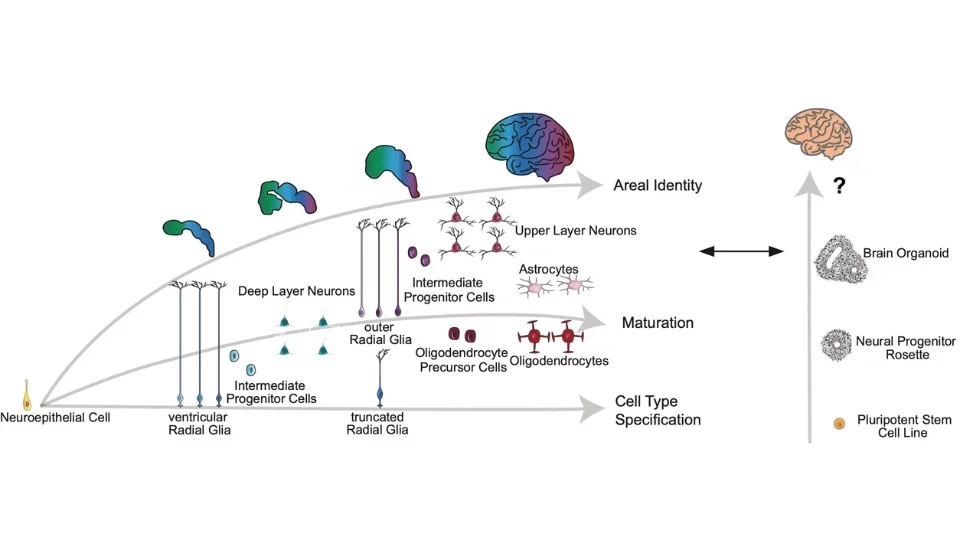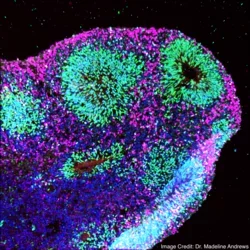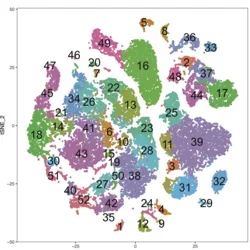Research
Neural Stem Cell Fate Specification
The Bhaduri laboratory studies how initially uniform neural stem cells orchestrate the generation of expansive cortical cellular diversity, and can also be reactivated to develop heterogeneous cancersbasic questions of neural stem cell fate specification. We focus on understanding how intrinsic, spatiotemporal, and intercellular signals drive progenitors of the cortex and the human brain to generate the impressive diversity that we observe in the adult human, but also how these same cells can be aberrantly activated in the context of brain cancers such as glioblastoma with disastrous consequences. To ask these questions, we use integrative single-cell -omics approaches to develop and test hypotheses in primary tissue and cortical organoids.

Cortical Development Using Organoids

Cortical organoids are becoming tractable models of human cortical development, and enable the study of otherwise difficult to access developmental stages and disorders. However, we have also identified limitations of cortical organoids in their ability to engage in precise subtype specification. In order to leverage the strengths of organoids while remaining cognizant of their pitfalls, we are anchoring our studies of human cortical development in organoids to established atlases of the primary, developing human brain. This enables us to interrogate individual regulators, entire gene networks, and the role of extrinsic molecules in directing radial glia cell fate specification.
Glioblastoma Cell Fate

Glioblastoma is still the most common and most aggressive form of adult brain cancer, and unfortunately treatments remain limited. Using single-cell based approaches, we are seeking to understand how different cell populations within a tumor contribute to tumor origin, progression, and recurrence. In addition to using primary patient tumor resections, we are also working with and developing new ways of culturing these tumors in vitro while maintaining their original heterogeneity.